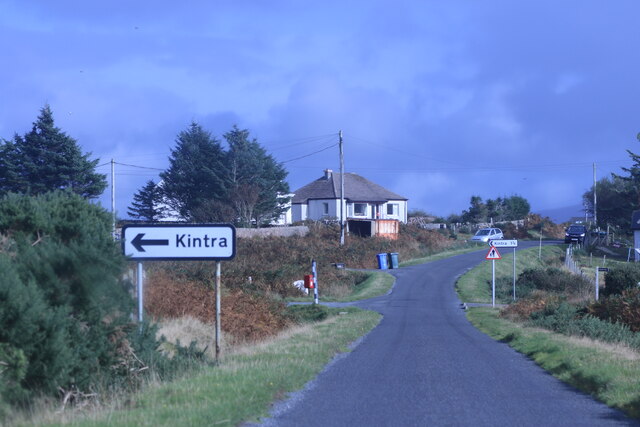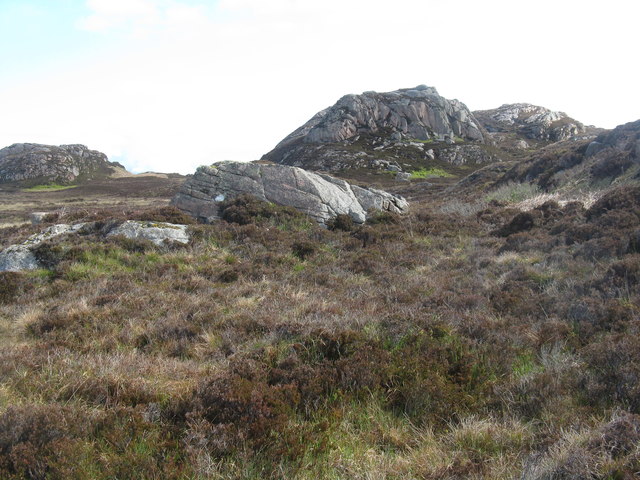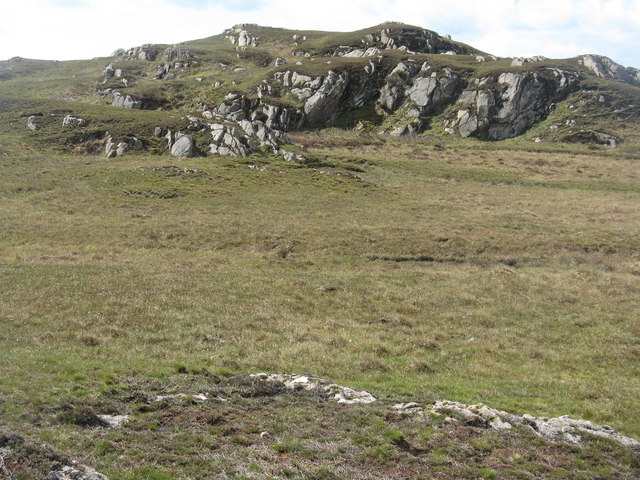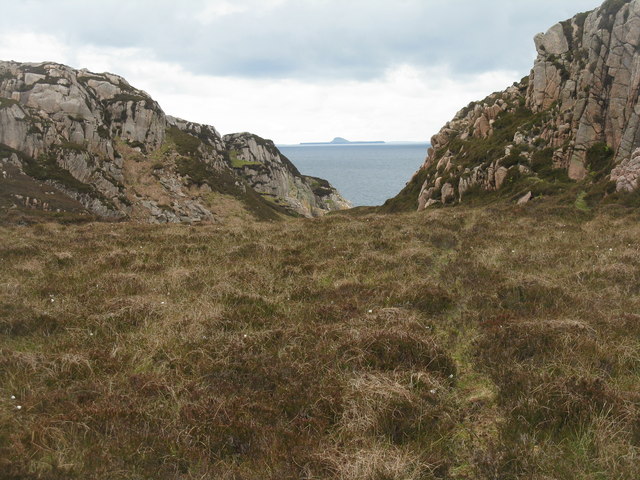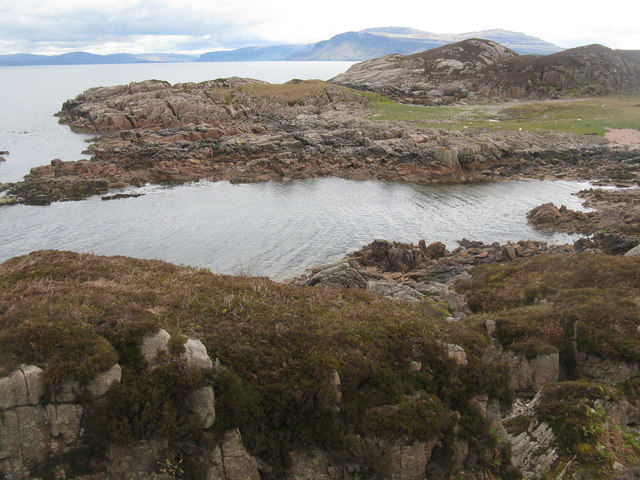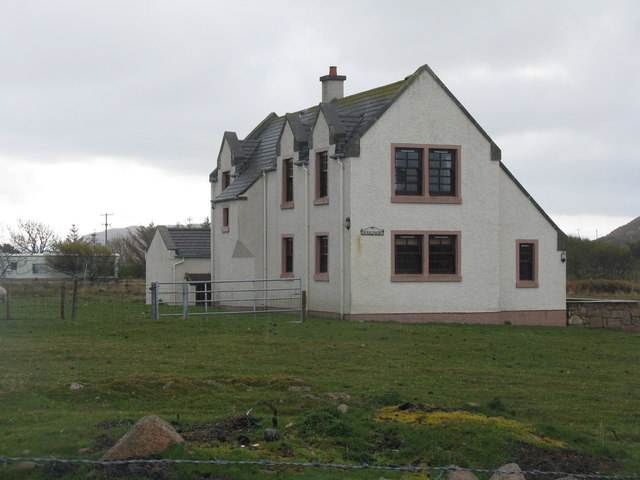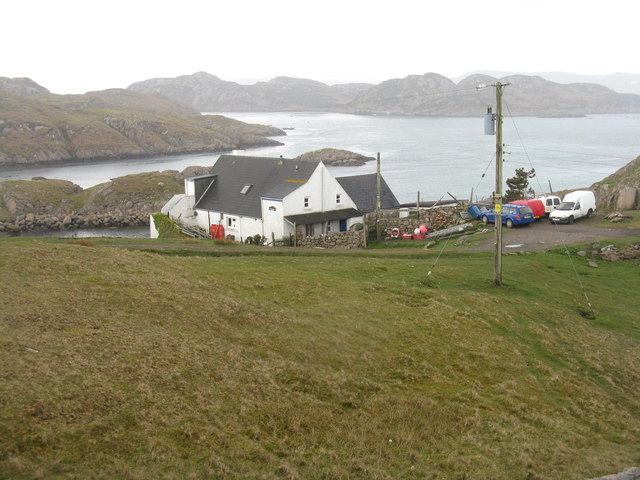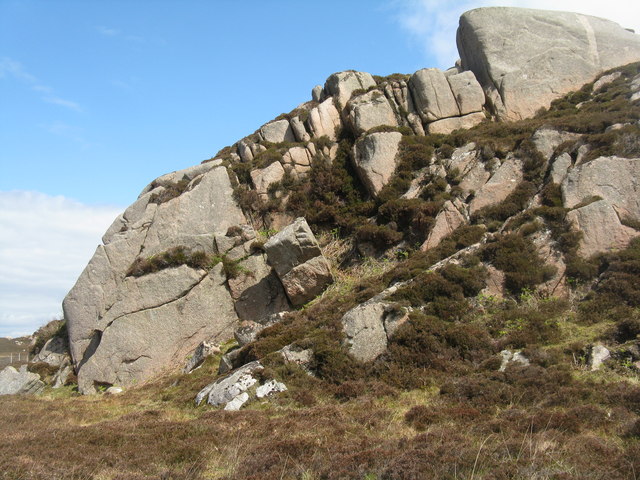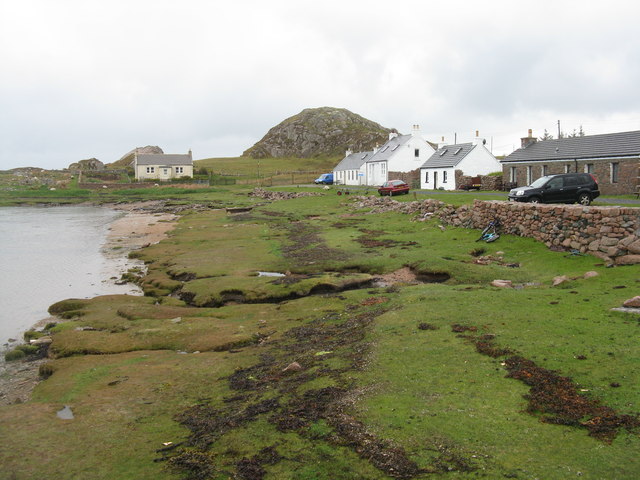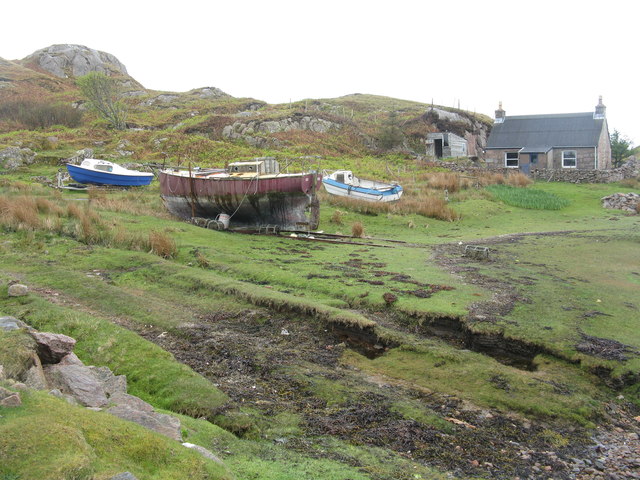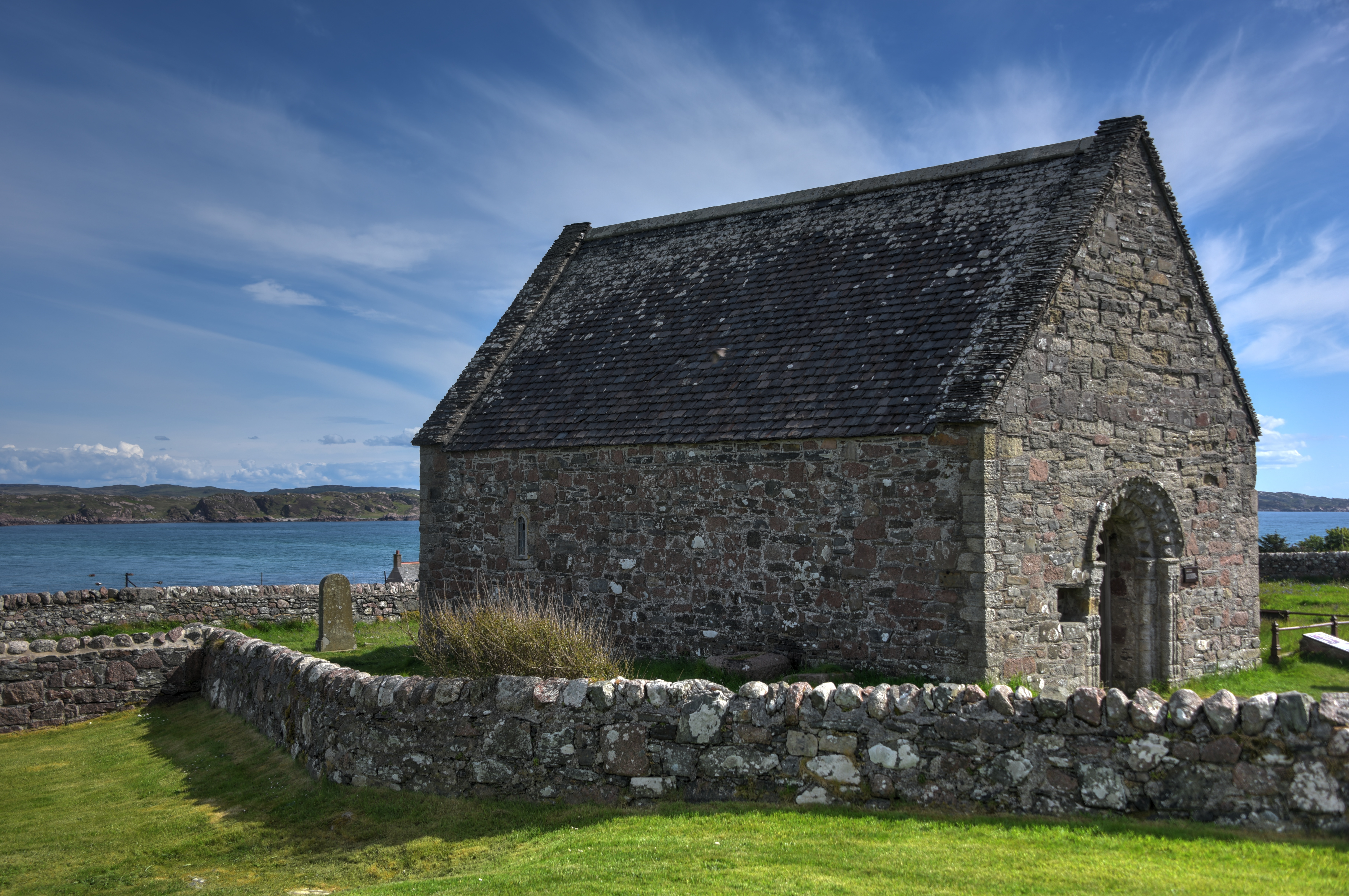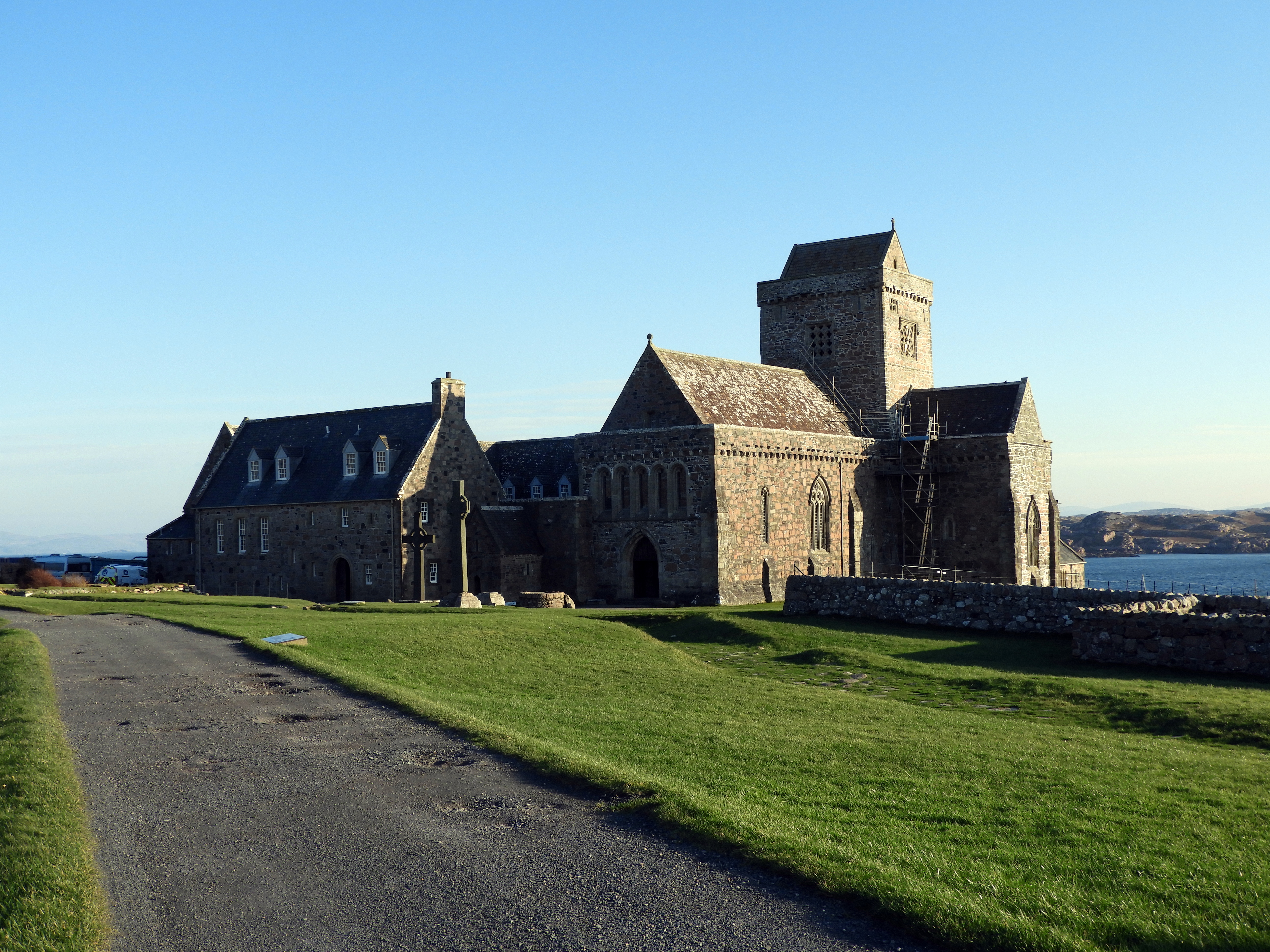Cnoc-na-Ciste
Hill, Mountain in Argyllshire
Scotland
Cnoc-na-Ciste
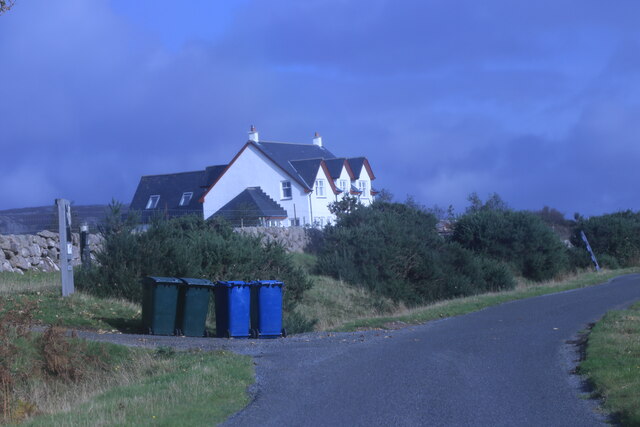
Cnoc-na-Ciste, located in Argyllshire, Scotland, is a prominent hill or mountain that offers breathtaking views and attracts outdoor enthusiasts from all over. Standing at an elevation of approximately 535 meters (1,755 feet), it is a notable landmark within the region.
The hill is characterized by its rugged terrain, with steep slopes and rocky outcrops, making it a challenging but rewarding climb for experienced hikers and mountaineers. The ascent to the summit can be demanding, but the panoramic views at the top make it well worth the effort. On a clear day, visitors are rewarded with stunning vistas of the surrounding countryside, including the nearby lochs and glens, as well as the picturesque Argyll coastline.
Cnoc-na-Ciste is also known for its diverse flora and fauna. As hikers make their way up the hill, they may encounter a variety of plant species such as heather, ferns, and mosses, adding to the natural beauty of the landscape. Wildlife enthusiasts may also spot red deer, mountain hares, and a variety of bird species, including golden eagles and peregrine falcons.
For those looking to explore further, Cnoc-na-Ciste serves as a starting point for longer hikes and walks, offering access to nearby trails and paths that crisscross the surrounding countryside. The hill is also a popular destination for photographers, who are drawn to the ever-changing light and the stunning vistas it provides.
In conclusion, Cnoc-na-Ciste in Argyllshire is a majestic hill or mountain that offers a challenging climb, breathtaking views, and an opportunity to immerse oneself in the natural beauty of the Scottish countryside.
If you have any feedback on the listing, please let us know in the comments section below.
Cnoc-na-Ciste Images
Images are sourced within 2km of 56.340662/-6.3358397 or Grid Reference NM3224. Thanks to Geograph Open Source API. All images are credited.
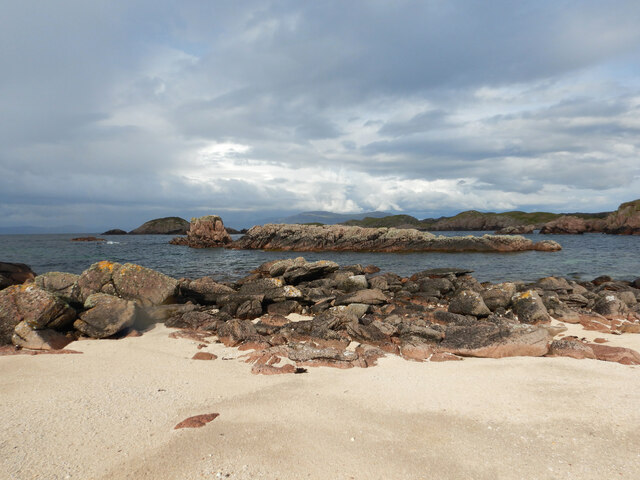
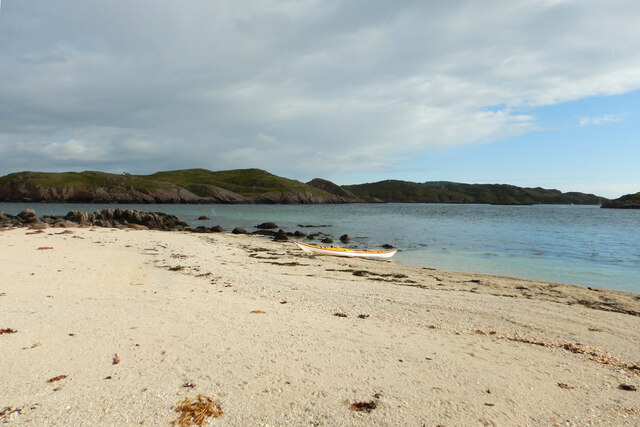
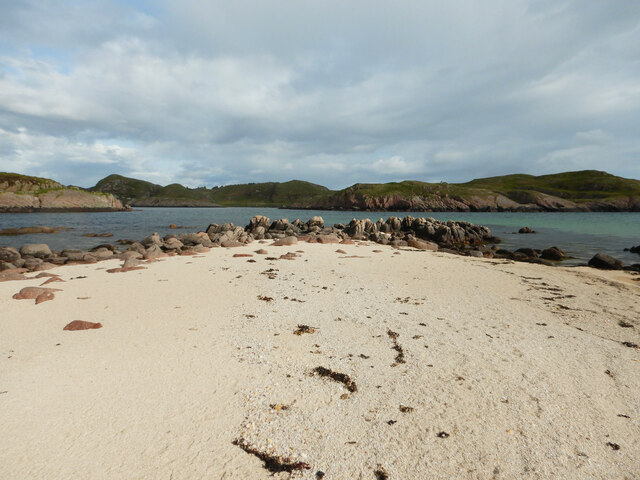
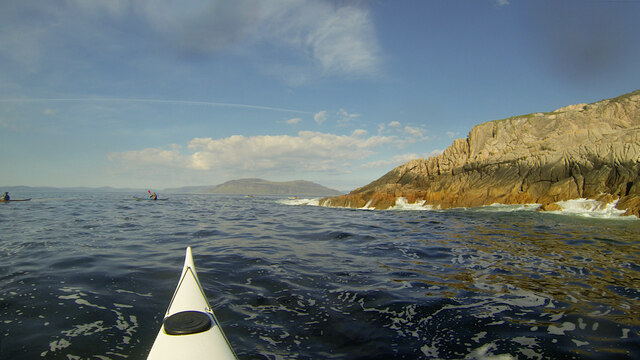
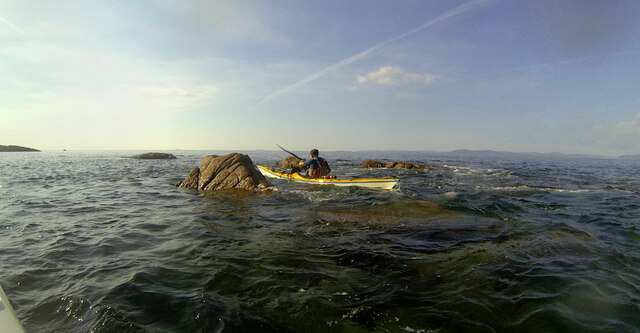
Cnoc-na-Ciste is located at Grid Ref: NM3224 (Lat: 56.340662, Lng: -6.3358397)
Unitary Authority: Argyll and Bute
Police Authority: Argyll and West Dunbartonshire
What 3 Words
///fastening.intensely.shook. Near Fionnphort, Argyll & Bute
Nearby Locations
Related Wikis
Kintra
Kintra (Scottish Gaelic: Ceann na Tràgha), literally "country" in Scots is a settlement on the North-Western coast of the Ross of Mull, Scotland. The settlement...
Aridhglas
Aridhglas is a village on the Ross of Mull, Isle of Mull in Argyll and Bute, Scotland. == References ==
Fionnphort
Fionnphort (English: , Scottish Gaelic: [ˈfjun̪ˠafɔrˠt̪]) is the principal port of the Ross of Mull, and the second largest settlement in the area (its...
Camas Tuath
Camas Tuath (Scottish Gaelic: north bay) is an inlet bay on the Ross of Mull. The bay has two small tidal islands and two Quarrymans' Cottages which the...
Bishop's House, Iona
Bishop's House is a retreat house for the Scottish Episcopal Church, located on the island of Iona, off the west coast of Scotland. == History == It was...
St Oran's Chapel
St Oran's Chapel (Odhráin/Orain/Odran) is a medieval chapel located on the island of Iona in the Inner Hebrides off the west coast of Scotland. Built in...
Iona Abbey
Iona Abbey is an abbey located on the island of Iona, just off the Isle of Mull on the West Coast of Scotland. It is one of the oldest Christian religious...
Sound of Iona
The Sound of Iona is a sound between the Inner Hebridean islands of Mull and Iona in western Scotland. It forms part of the Atlantic Ocean. The tidal...
Have you been to Cnoc-na-Ciste?
Leave your review of Cnoc-na-Ciste below (or comments, questions and feedback).
